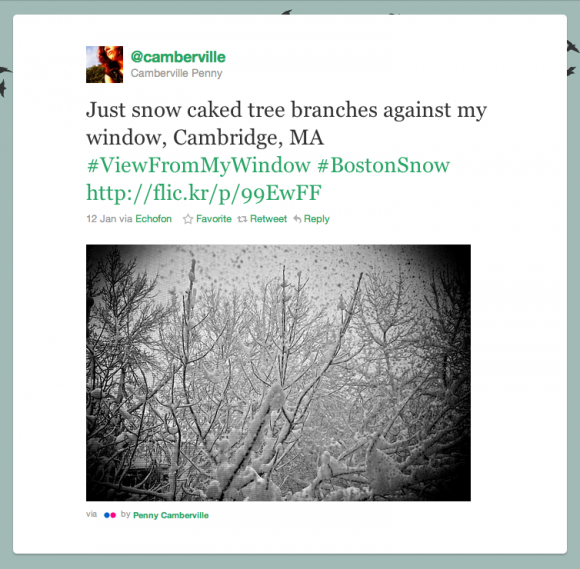Not too long ago Craig Silverman, author of blog Regret the Error, listed some of the most offensive journalism errors of 2010. (December got a free pass?) Among some of the more humorous media errors, Twitter real-time verification was named was named as the trend of the year.
We’re seeing many of forms of misinformation spread rapidly online and take hold in real-time. Whether it was an incorrect tweet about a volcano eruption in Iceland, a Washington Post editorial writer mistaking a fake Twitter account for the real thing, or people wrongly tweeting and retweeting that WikiLeaks founder Julian Assange had been removed from Time’s Person Of The Year contest, we saw how the real-time nature of the online world causes problems and errors.
Reporter and blogger Kevin Loker points out that tweets are not held to the same meticulous fact checking a printed new story must go through before publication.
You probably have one – maybe two – sets of eyes that read over your headline before it’s tweeted. You ideally don’t make a mistake in the headline. If you do, you can’t change it. Most news outlets will send out another tweet noting the correction, because as in any medium, it’s common practice that errors can’t be left completely unattended.
Loker makes an interesting point that Twitter errors do not affect “media gurus,†because they will more than likely see the correction. Instead, he argues that those who do not focus on the news may be the most at risk for taking an error as truth.
Loker also argues that audiences are to blame if they cannot catch tweeting errors.
Just as it’s an individual’s own actions that lead them to a correction box in a print publication, it’s an individual’s own actions that make them knowledgeable or ignorant about any given news story.
Loker’s point is one of the many voices arguing that audiences must verify information coming off of Twitter. One blog offers four steps to verify a tweet while another urges news readers to join the Report an Error alliance. These sites are helpful but do they show a frighteningly cushioned error tolerance among news reporters? It seems that readers are now expected to verify news. And if so, who is defining the error tolerance level and why are we so quick to allow it?
Silverman returns again in his Columbia Review Journal column to explain what to do once a tweet is found false. According to him, it is the news media’s job not only to correct it via twitter but to continue correcting it.
It’s difficult to say how many corrections are necessary, but one good way to gauge would be to see if the mistaken information is still being retweeted. As long as it’s being passed around, you should be issuing corrections and asking people to RT your correction.
Overall, accuracy seems to be the main concern of all these bloggers and reporters. Twitter continues to be a critical tool for journalists but as Silverman puts it, “the difference between making an error and getting it right is often a matter of making one or two phone calls. Accuracy is often easier and faster to achieve than we think.”




